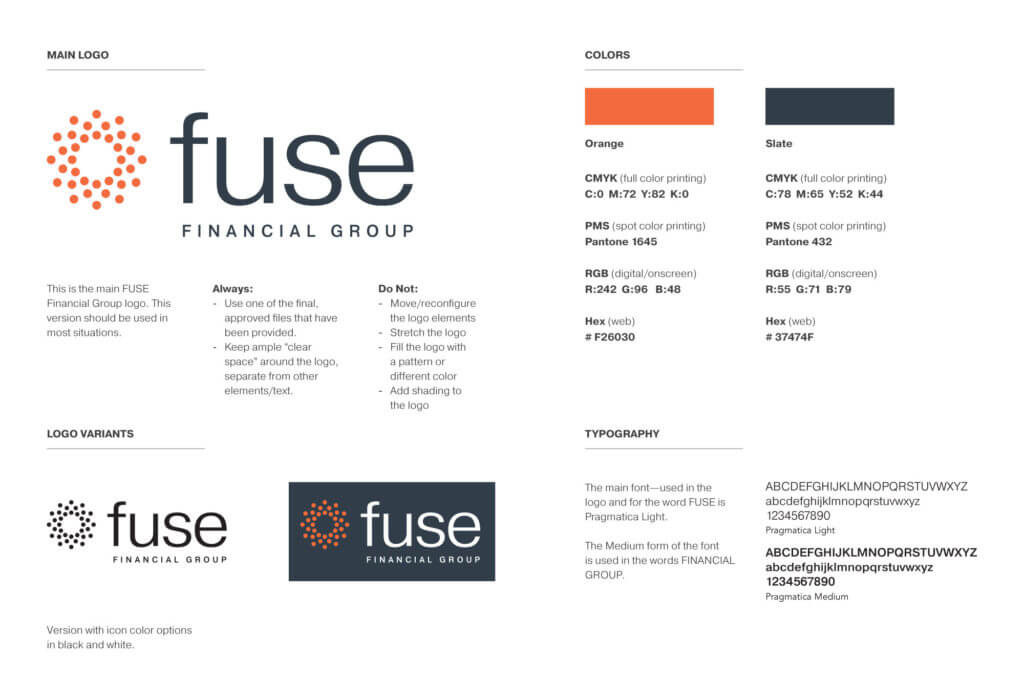Introduction to Branding
Branding isn’t just a logo or a tagline; it’s a strategic effort that shapes the perception and identity of a company. At its core, branding encompasses the essence of what a business stands for, its values, and the promise it extends to its customers. Effective branding fosters trust, loyalty, and recognition, crucial elements for sustainable success in any industry.

The Fundamentals of Branding
Branding begins with a deep understanding of the target audience and market landscape. It involves extensive research to find consumer preferences, competitor strategies, and emerging trends. Armed with these insights, businesses can craft a brand strategy that resonates with their audience while setting them apart from the competition.
Defining Brand Identity
Brand identity encompasses the overall visual “look” that represents a brand. This includes the logo, color palette and typography. Consistency across these elements is paramount to creating a cohesive and memorable brand image.

Establishing Brand Messaging
Alongside the visual, what is actually being said is the brand messaging. Crafting compelling brand messaging is essential for communicating the brand’s values, mission, and unique selling propositions. Effective messaging should speak to with the target audience, evoke emotion, and compel action.

Building Brand Equity
Brand equity refers to the intangible value associated with a brand. It encompasses factors such as brand recognition, perceived quality, and brand loyalty. Building brand equity requires consistent delivery of exceptional products or services, as well as meaningful interactions with customers.
The Role of Branding in Business Growth
A strong brand can significantly impact a company’s bottom line by nurturing customer loyalty, driving purchase decisions, and commanding premium pricing. Even more, a well-defined brand can attract top talent, foster partnerships, and open doors to new opportunities.

Branding Strategies for Success
Differentiation
In a crowded marketplace, differentiation is key to standing out. Brands must identify what sets them apart and communicate it effectively to their target audience.
Consistency
Consistency creates familiarity and trust. Brands should ensure consistency across all touchpoints, from advertising and packaging to customer service interactions.
Adaptability
While consistency is crucial, brands must also be adaptable to changing market dynamics and consumer preferences. This requires agility and a willingness to evolve without compromising the core brand values.

Conclusion
In conclusion, branding is a multifaceted discipline that requires careful planning, execution, and ongoing management. By investing in a strong brand identity, messaging, and equity, businesses can position themselves for long-term success in today’s competitive landscape. If you’re looking for a new brand identity or an updated one, let us help you stand out from the crowd!